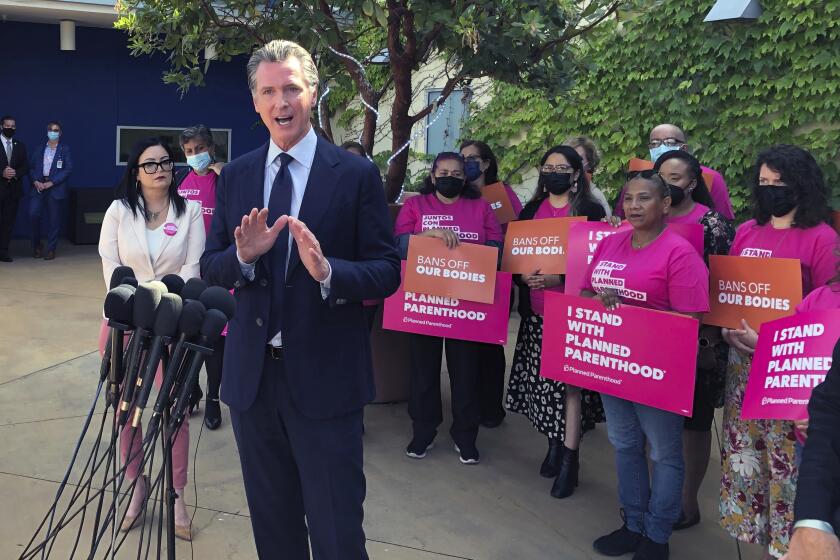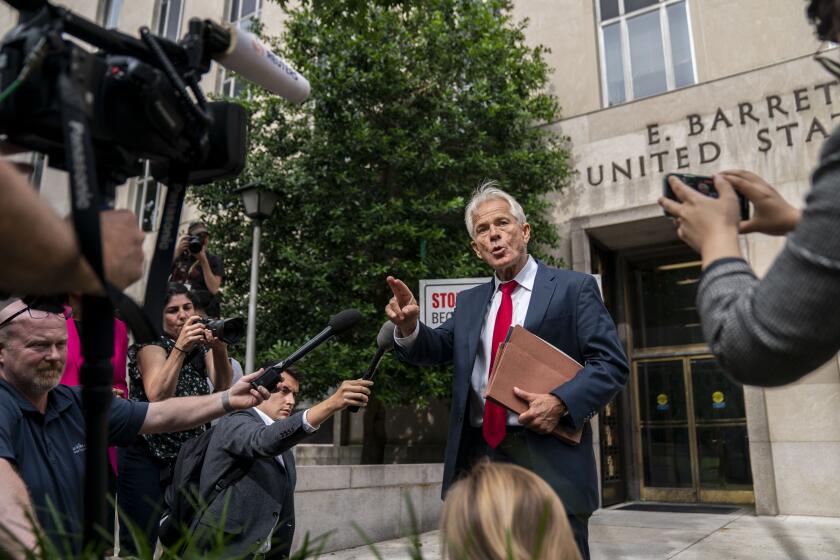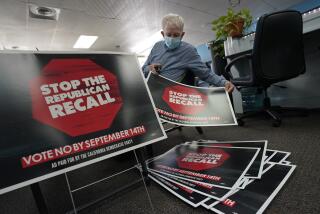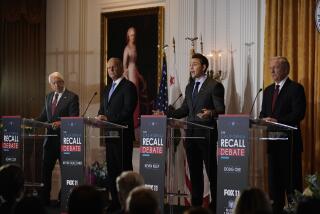Column: California wasted $200 million on the recall. Why aren’t lawmakers fixing the process?
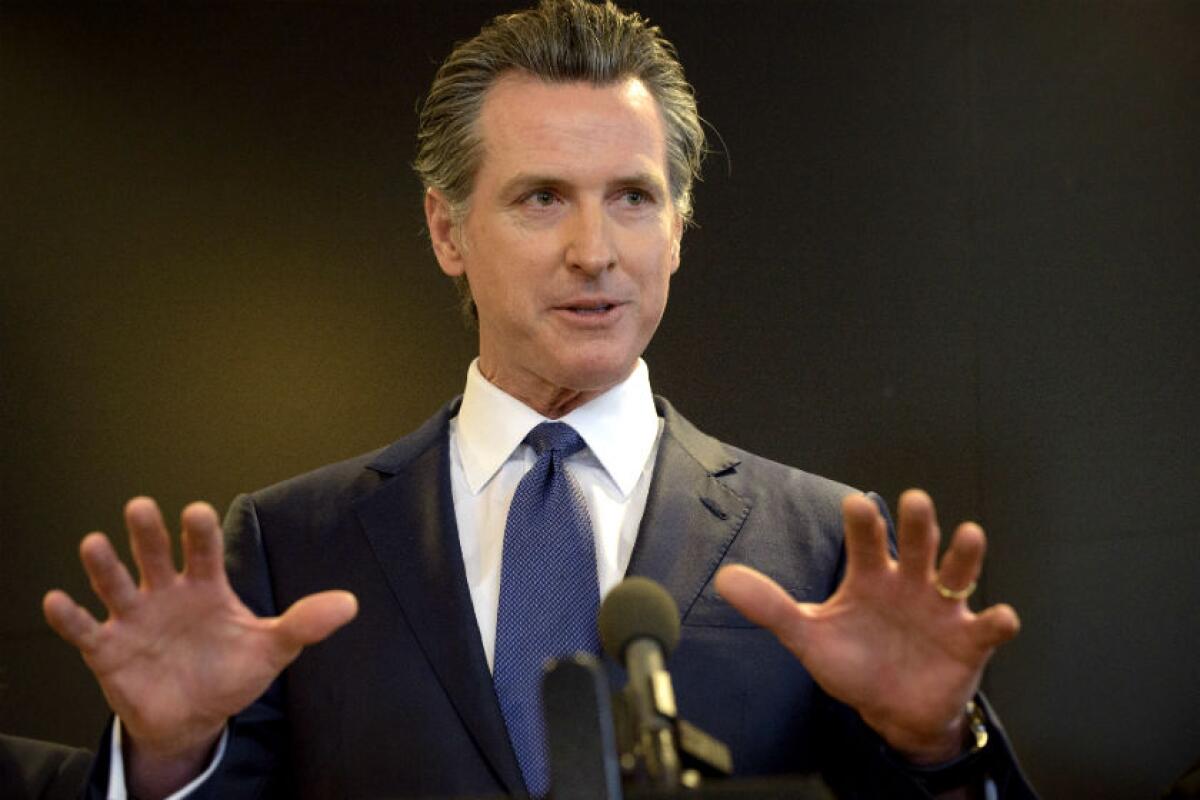
- Share via
Last fall, after state and local governments flushed more than $200 million down the toilet for a failed effort to chase Gov. Gavin Newsom from office, there was all sorts of talk about reforming California’s recall process.
Lawmakers held forth, hearings took place, academics weighed in and the state’s independent oversight commission gave the Legislature recommendations.
Then nothing much happened.
“Most of it, I think, is because the average legislator — and we’re the ones who are going to put this on the ballot through a constitutional amendment — isn’t going to be recalled,” said state Sen. Josh Newman, a Fullerton Democrat who was recalled in 2018 before winning back his seat in 2020. “So it doesn’t have the same level of urgency, especially as time goes by.”
Lawmakers also respond to what they’re hearing, or not, from the people they represent. And, let’s face it, voters dealing with soaring inflation, a pandemic, the skyrocketing cost of gas and fears of a recession don’t consider tinkering with California’s recall rules a matter of particular urgency.
His scathing indictment of fellow Democrats on abortion raises eyebrows -- and his national profile
But the system needs to be fixed, or soon enough California could face another distracting and expensive attempt to subvert the election process.
How pointless was the attempted recall of Newsom? Essentially, it amounted to a re-running of the 2018 gubernatorial election, which the Democrat won with 61.9% support. The same share, 61.9%, voted against his removal.
Millions, wasted.
The way it now works, a recall election is conducted in two parts. Voters are asked whether a lawmaker should be removed, and if so, who should replace them. That second question allows the top vote-getter to take office even if they fall well short of majority support — which is why outnumbered Republicans found it so enticing to take on the governor.
The presence of that second question allows a political minority to try “to get out of a special election what you obviously couldn’t get out of a normal election,” said Newman, who has introduced legislation to change things so only one question appears on the ballot — a straight up-or-down vote on the recall.
“We [would] still have the option of removing a corrupt or malfeasant elected official,” said Newman, who was ousted after voting to raise gas taxes and vehicle fees. (Though really it was about Republicans denying Democrats their supermajority in the state Senate.) “But we’ve removed the kind of perverse incentive that has led to all this partisan warfare.”
Under his legislation, if a governor were ousted during the first two years of his or her term, the lieutenant governor would take over until a special election to choose a replacement. If the governor had only two years left to serve, the lieutenant governor would finish the term.
The proposal leaves a lot of unsolved problems, but as Newman suggested, change is hard. He once hoped to put his reform measure before voters in November, but legislative inertia makes that extremely unlikely. His goal now is 2024.
The recall is a hand-me-down from the progressive era, one of the tools given citizens to hold their elected leaders accountable. Repeated polls have shown that Californians, by an overwhelming margin, like holding that bludgeon in their hand. (In the last few months, voters in San Francisco booted their district attorney and three members of their school board.)
But the 20th century reform has proven ripe for 21st century abuse, and the failed attempt by out-of-power Republicans to drive Newsom from office — nine months before he was to face voters anyway — highlighted several of its flaws.
Of 19 states that allow their governor to be recalled, California is by far the most permissive, with an exceedingly low signature requirement. And there’s no prerequisite — no requirement for evidence of malfeasance, corruption or criminality — to try to force an incumbent from office.
In the whole history of this country, there have been just four gubernatorial recall elections. Half those occurred in California within the last two decades, which seems like no coincidence given the ease of forcing a vote, the bounty paid to collect signatures and the backdrop of increasingly stark political polarization.
Indicted for refusing to cooperate with the Jan. 6, Navarro lives down to his reputation
California’s independent oversight agency, the Little Hoover Commission, has recommended several changes. (And here things get a bit wonky, which is another reason that reform efforts appear to have stalled. Process doesn’t inspire great passion, which is one reason you don’t see masses of demonstrators descending on Sacramento chanting, “No bifurcated ballots!”)
One proposal calls for increasing the signature requirement from 12% of the vote in the prior gubernatorial election to 10% of the state’s registered voters, thereby raising the threshold to force a recall. Another would prohibit recalls undertaken during the first 90 days and last six months of an officeholder’s term.
Newman said various remedies are worth discussing, but warned that “there’s a risk of trying to do too much.”
“The more complicated you make it,” he said, “the easier it is for people to obfuscate” the issue and keep anything from getting done.
Still, a revamp of the recall is badly needed, even if it may not be the most pressing issue of the moment. It’s important that our elections have integrity, and that people respect the outcomes and don’t try to overturn them simply because they’re unhappy with the results.
Down that road lies chaos and, at the extreme end, Jan. 6, 2021. The country is still reeling from that horror show.
More to Read
Get the latest from Mark Z. Barabak
Focusing on politics out West, from the Golden Gate to the U.S. Capitol.
You may occasionally receive promotional content from the Los Angeles Times.

